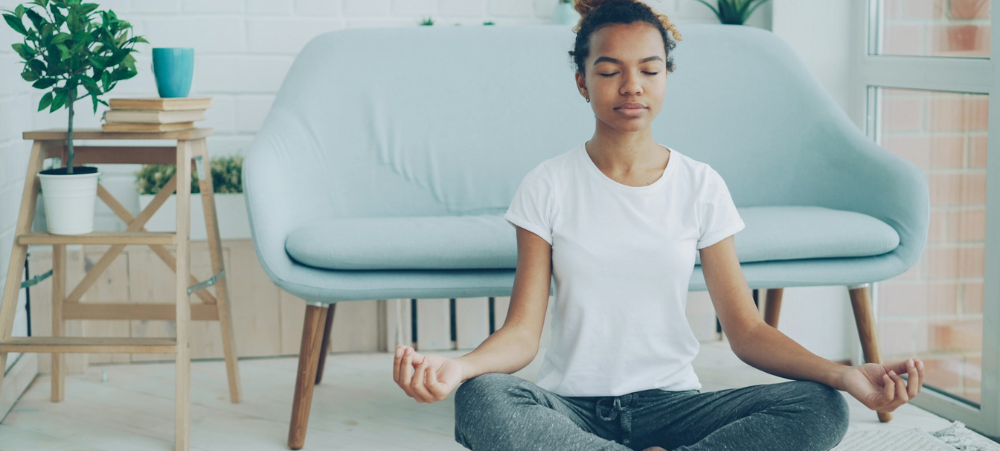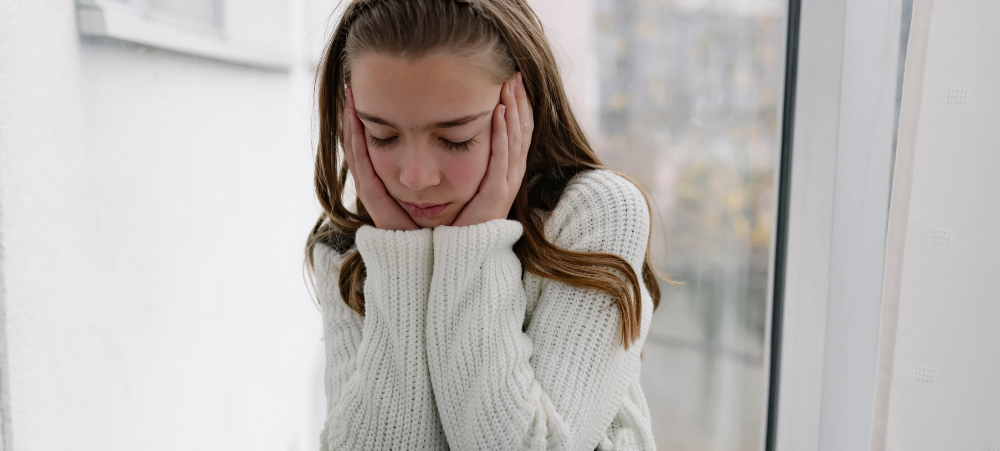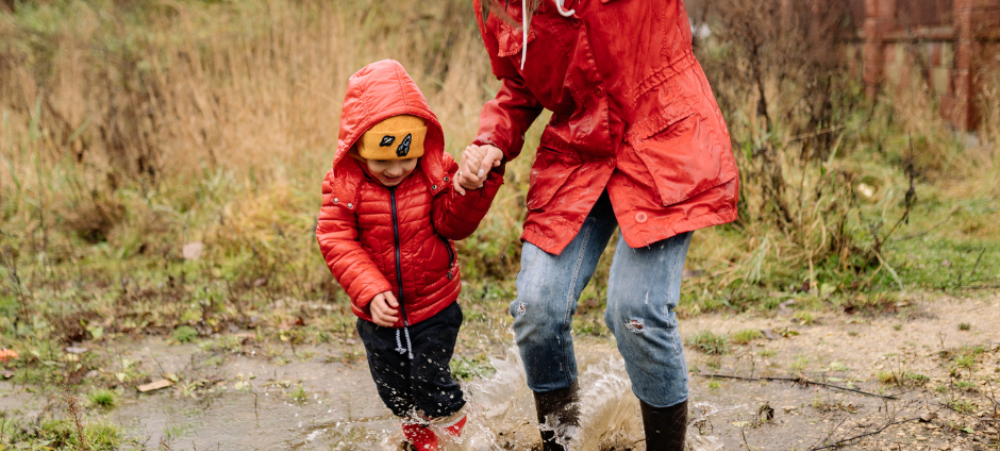I recently presented a series of micro-workshops on educational wellness and study methods to the Grade 9 cohort. I told them that out of everything I had to teach them that day, nothing is more important than regulation. I’ve realised that regulation forms the foundation of everything we do at EduHelp. Regulated individuals are calm, centred and ready to learn and assimilate new information. Conversely, we cannot learn, think clearly and act with integrity and wisdom when we are dysregulated.
Think about this: How many crimes are committed in the heat of the moment that would have been prevented if that person knew how to self-regulate? If they had learned the skill of pausing, taking a breath and considering the consequences before they acted? A lot of research has been done that indicates a strong link between criminality and a lack of impulse and self-control. Learning to self-regulate, be more in tune with our own bodies and knowing the impact of stress on good decision-making enables us to be more in control of our thoughts and actions.
But it goes much deeper than that. As Melissa says in her new micro booklet, Working with Regulation, regulation is “the ability to understand, process, and manage emotions, energy, and behaviour so that we can function optimally in daily life” (Van der Hal, 2025). The central idea is to be able to move through our days, going about everything we need to do, without losing control over our thoughts, feelings and actions. For children, dysregulation can show up as being overwhelmed, stressed, shut down, anxious, distracted or combative.
In these states, it is impossible for them to think clearly, make good decisions or assimilate any new information. Any parent who has tried to reason with a toddler mid-tantrum will be able to relate. We have to learn to calm ourselves, breathe deeply and mindfully, and consciously control our own emotions. And once we know how to do this, we can teach our children to do the same.
At EduHelp, we coach our clients in many different ways to self-regulate. Here are two easy, practical tips for parents and children:
- Deep, measured breathing. Try the 4-4-6 method: Sit comfortably in a chair or on the ground. Back straight but not rigid, shoulders squared and if in a chair, feet flat on the ground. Close your eyes and take a deep breath in for a slow count of four. Gently hold for four, and breathe out through your mouth for a slow count of six. Repeat three times. Make sure the exhalation is longer than the inhalation to lower stress hormones.
- Five senses reset: Sit or stand comfortably with good posture, and take deep, even, measured breaths. Find and name five things you can see, four things you can feel (either through physical touch or bodily sensations), three things you can hear, two things you can smell and one thing you can taste. Everything must be observable with the senses in that moment. Take it slowly, mindfully engaging your senses to ground your body in the present moment and the space where you are. This is a wonderful exercise to alleviate anxiety and can be done anywhere, anytime.
When we take a moment to breathe deeply, we work with our bodies to lower stress hormones and flood the brain with fresh oxygen, which enhances clarity and focus. By taking that moment to pause, we mentally regroup, lower the tension in our bodies, and allow ourselves to come back to our centre. By practising mindful breathing, or incorporating other ways of self-regulation, we reset both mind and body and give ourselves a chance to approach the situation at hand with all our mental and physical resources.
📚 Meeting learners where they are, supporting them to move forward with confidence.
- Regulation as the Foundation of Wellness - November 4, 2025
- Parent Wellness and Its Impact on Child Well-Being - September 19, 2025
- Discussing Your Child’s Exam Results - July 9, 2025





